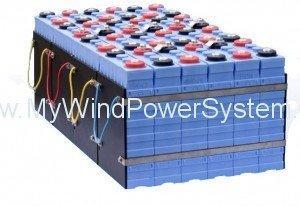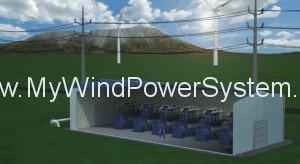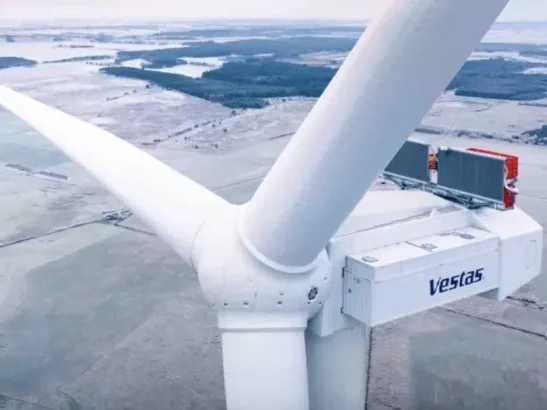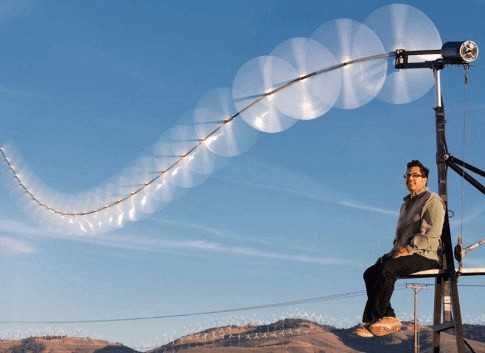When the sun is shining, the winds are blowing and demand for energy is low, all seems well in the renewable energy world. But when it’s cloudy, the wind farms are becalmed and the demand for energy outstrips production, we have a problem. If only we could store excess renewable energy and use it when required. While wind turbine research is still looking to produce bigger, quieter and more efficient turbines, the real focus of our creative, scientific and technological skills should now be firmly focused on more efficient storage systems for renewable energy. What we urgently need is a means of storing energy at large scale and low cost that can be adapted anywhere.
Our present fixation with energy generation ignores the “time value of energy.” Instead of concentrating all of our efforts on generation we need to pay increased attention to energy storage. Only after the cost of generation and storage of renewable energy matches the cost of on-demand generation from fossil, nuclear and hydro we will we see a transformation of the energy industry.
Pumped hydro has been the gold standard of renewable energy storage for decades. Its combination of efficiency (70-85%) and ubiquity (perhaps as much as 99% bulk storage capacity worldwide) have made it the go-to technology for energy storage. It means that spare energy is used to pump water up a hill/mountain, which can then be released (by the water running downhill and creating hydroelectricity) when more energy than is being generated is required. But not all countries have abundant water and hills/mountains.
Another renewable energy storage medium is compressed air energy storage (CAES). It is not new and has been around for decades, mostly using abandoned mines or salt caverns for the storage and retrieval of compressed air to generate electricity. All well and dandy if you have a handy mine or salt cavern. Some companies looking to exploit the technology have focused on smaller and more convenient methods of storing and retrieving the energy stored in compressed air. SustainX have developed ICAES (isothermal CAES) technology which is able to conserve the heat of compression at fairly low temperatures and reintroduce it during expansion and operate completely fuel free unlike traditional compressed air systems. It can be stored in pipelines or other pressure vessels.
Electricity generated from wind turbines can be used to charge batteries instead of being fed directly into power lines. The charged batteries hold the electricity for use when wind is not powering the wind turbines. There are new types of battery storage being developed, such as those using magnesium and antimony.
A small wind power facility in Utsira off the coast of Norway is storing excess wind power in hydrogen fuel cells. Electricity generated from the wind power plant is used to split water into oxygen and hydrogen. The hydrogen is stored in hydrogen fuel cells for use when energy demands exceed the power generated from the wind farm. Unless and until we can develop a commercially viable mass storage system for renewable energy, we will continue to be too reliant on forces beyond our control- the wind and the sun- and therefore open to taunts by the fossil fuels and nuclear power lobbies that without them, the lights risk going off all over the world.





